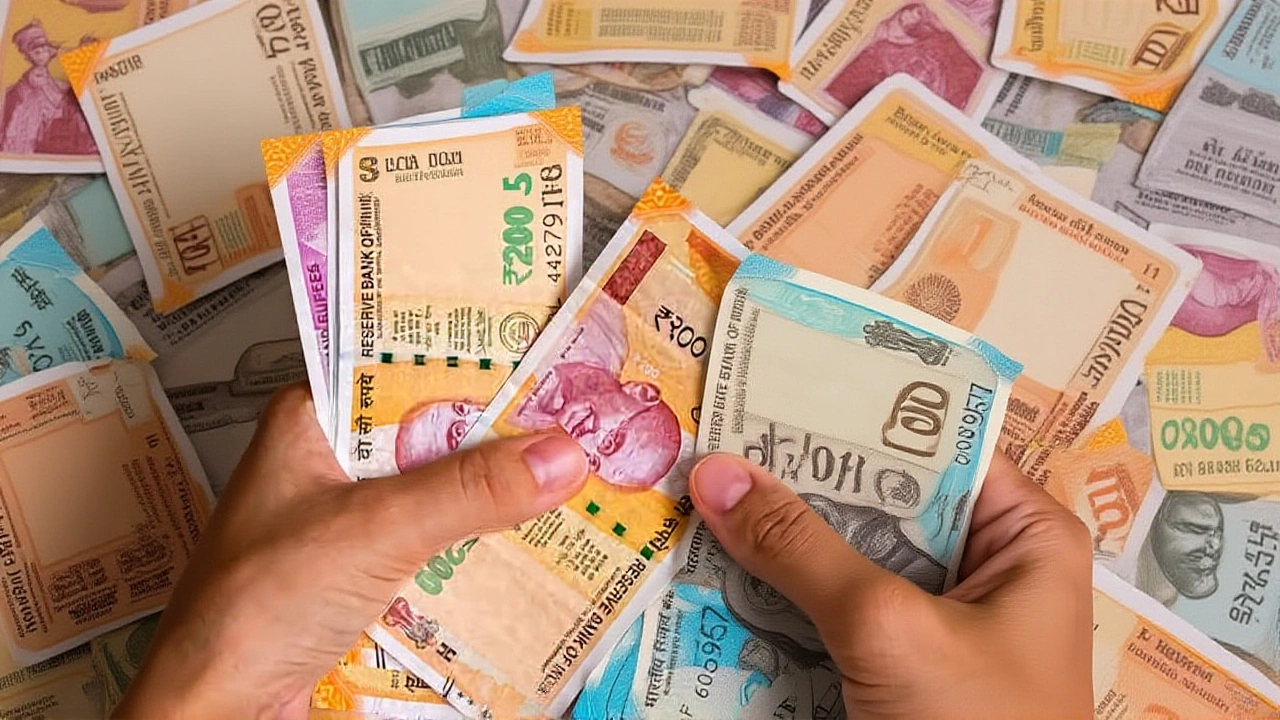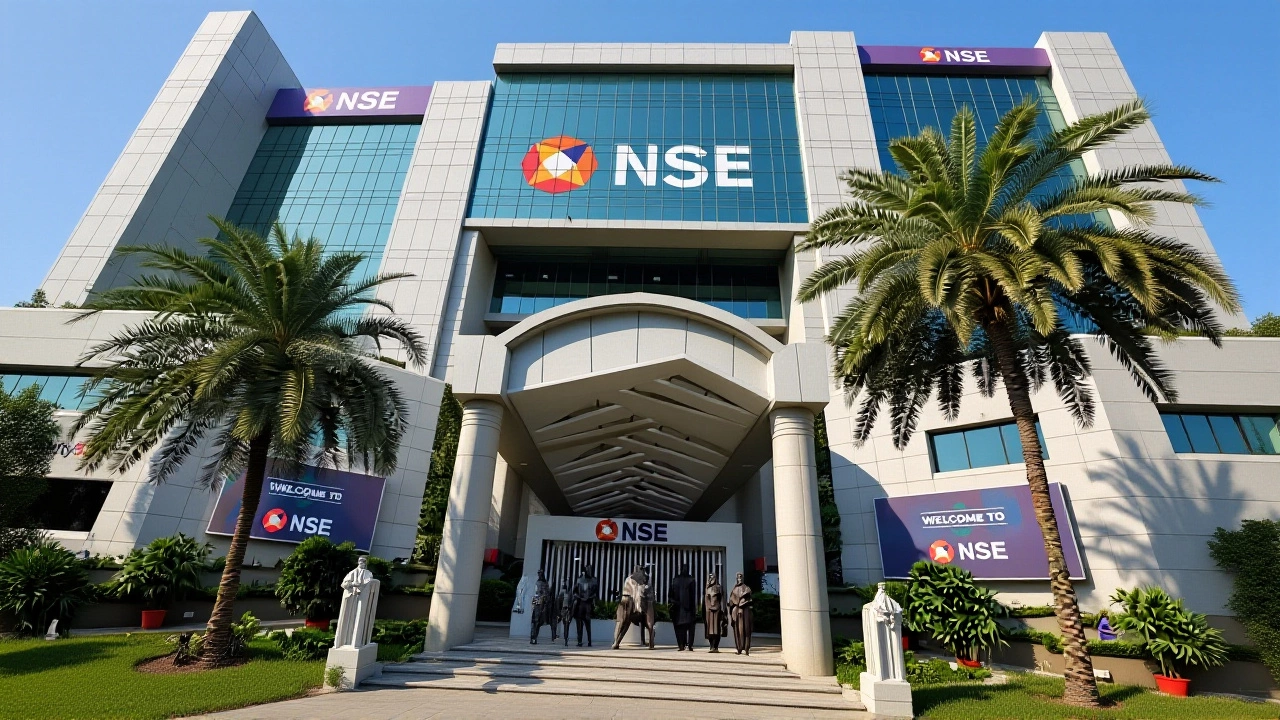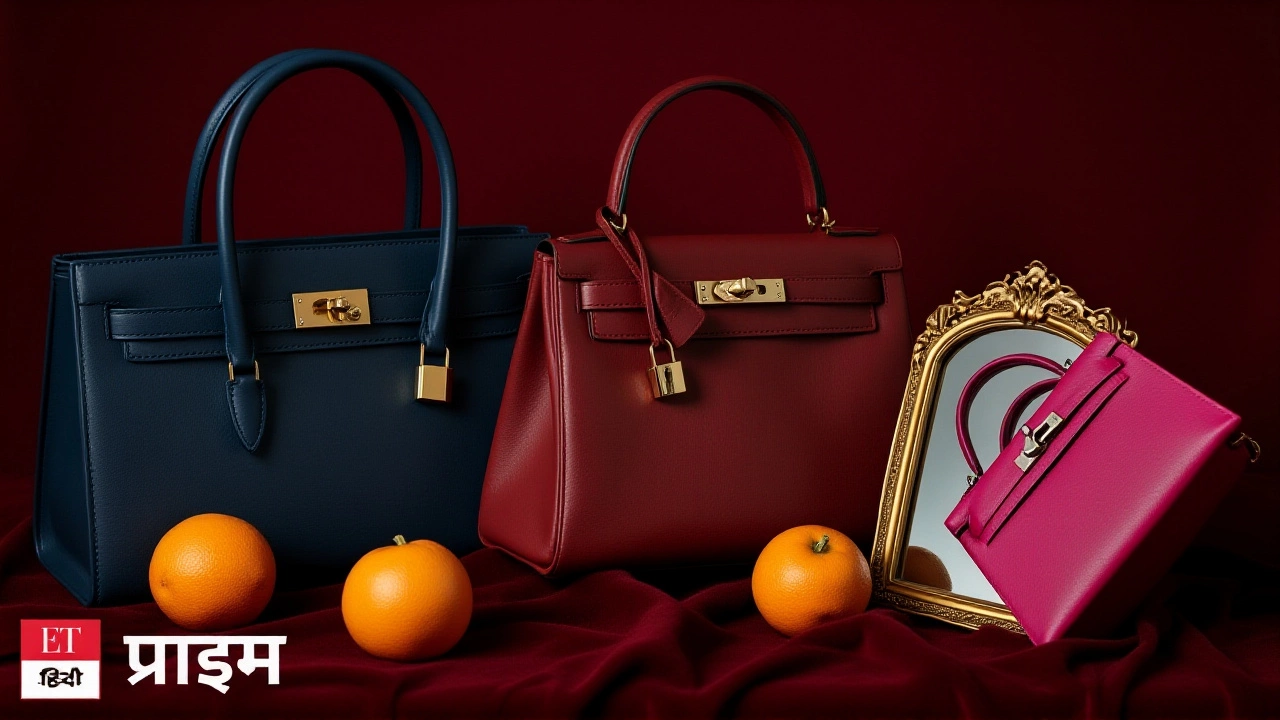When Litton Capital Group launched its Luxus Fund in May 2025, few expected a hedge fund to make its bones selling handbags. But within weeks, investors were watching as Hermès SAS’s iconic Birkin and Kelly bags — once symbols of status — became high-yield assets, turning $1 million into $1.34 million in just six months. The secret? Speed, scarcity, and a 187-year-old French luxury house that refuses to make more than it wants to.
From Handbag to Hedge Fund
It sounds absurd at first: buying a $10,000 Hermès bag, storing it in a climate-controlled vault, and selling it 40 days later for a profit. But that’s exactly what Litton Capital Group did — and did it well. Founded by Dana Auslander, a former Blackstone executive, the firm built the Luxus Fund around one insight: luxury handbags aren’t just accessories anymore. They’re inflation-resistant assets with proven appreciation.
The fund’s strategy is ruthlessly simple. It buys only authenticated, pre-owned Hermès bags in classic colors — black, beige, brown, blue, geranium — that move fast on platforms like Rebag and Vestiaire Collective. Then it targets rare pieces: crocodile, ostrich, or limited-edition Kellys from auction houses like Christie's, which backs the fund with authentication and valuation expertise. Each bag is insured, photographed, cataloged, and held until the market peaks. The average resale cycle? Just 40 days. Net return? 34%.
The Hermès Engine Behind the Profit
None of this would work without Hermès SAS. Headquartered since 1837 at 24, Rue du Faubourg Saint-Honoré in Paris, the company controls supply like a central bank controls currency. It doesn’t advertise. It doesn’t mass-produce. It doesn’t sell online. To buy a Birkin today, you must be invited — often after years of loyalty purchases. The result? Demand outpaces supply by 10-to-1. Even used bags sell for 20% to 50% above retail. Some exotic models have appreciated over 500% in 30 years, according to luxury market analysts.
This isn’t speculation. It’s supply chain economics. While stocks tumble and interest rates swing, Hermès handbags hold value — and often climb. That’s why the global luxury resale market hit $2 billion in 2025, up from $400 million in 2010. Platforms like Vestiaire Collective and The RealReal turned what was once a closet hobby into a professionalized industry. Litton Capital Group didn’t invent the trend. It just systematized it.

Word-of-Mouth Fuel for a Million Fund
After the May 2025 launch, word spread fast — not through ads, but through private dinners, family offices, and hedge fund networks. By November 2025, Litton Capital Group had raised a second fund: $2 million, almost entirely from repeat and referred investors. No prospectus. No SEC filing. Just a quiet, private placement targeting accredited investors.
Interestingly, the investor base defies stereotypes. While Hermès handbags have long been associated with female buyers, the fund reports a significant — though unquantified — influx of male investors. One early participant, a tech founder from Silicon Valley, told a colleague: “I didn’t want to buy another NFT. This? I can hold it. I can see it. And I know someone will pay more for it next year.”
What Happens When the Market Saturates?
There’s a natural question looming: How long can this last? Hermès’ control over supply is absolute — but what if more funds start buying up inventory? What if counterfeiters get smarter? What if consumer tastes shift?
Experts say the risk is real but manageable. Unlike stocks, handbags have intrinsic utility — they’re still worn, still desired. And Hermès’ production remains capped at roughly 10,000 Birkins annually. Meanwhile, the global ultra-wealthy population is growing. So is the appetite for tangible, non-digital assets. The fund’s model works because it doesn’t compete with fashion — it competes with gold, real estate, and private equity.
Still, the lack of regulatory filings raises eyebrows. The fund operates under private placement exemptions, meaning investors must be wealthy and sophisticated. That’s standard for hedge funds — but unusual for an asset class this visible. Regulators haven’t weighed in yet. But if returns keep climbing, they will.

What’s Next? Beyond Birkins
Litton Capital Group isn’t stopping at Hermès. Internal discussions, according to sources familiar with the firm, are already exploring other luxury items with similar scarcity models: Rolex Submariners, Louis Vuitton x Supreme collabs, and even rare designer sneakers from collaborations like Nike x Off-White.
“The playbook is the same,” one insider said. “Limited supply. High demand. Proven resale history. If you can authenticate it and move it fast, you can build a fund around it.”
But Hermès remains the crown jewel. Its 187-year legacy, family-owned structure, and refusal to chase quarterly profits make it uniquely suited for this role. No other brand has the combination of heritage, control, and cultural cachet to sustain this kind of investment thesis.
Frequently Asked Questions
How does the Luxus Fund achieve a 34% return in just 40 days?
The fund buys authenticated Hermès bags at wholesale resale prices — often 10-20% below retail — and sells them at peak demand windows, usually within 40 days. Profit comes from tight inventory turnover, not long-term holding. Operating costs, insurance, and authentication fees are factored into the net return, meaning the 34% is what investors actually pocket after all expenses.
Who can invest in the Luxus Fund?
Only accredited investors — those with a net worth over $1 million or annual income above $200,000 — are eligible. The fund operates under SEC private placement rules, meaning it doesn’t advertise publicly and doesn’t require registration. Minimum investment amounts aren’t disclosed, but the $1 million initial fund size suggests a $100,000+ entry point.
Why does Hermès limit bag production so strictly?
Hermès SAS has maintained this strategy since the Birkin’s 1984 launch to preserve exclusivity and brand value. Each bag takes 18–25 hours to handcraft by a single artisan. By controlling supply, Hermès ensures scarcity, which drives demand — and allows pre-owned bags to sell for more than new ones. This isn’t marketing; it’s core to their 187-year business model.
Is this just a bubble waiting to burst?
Unlike crypto or meme stocks, Hermès bags have real-world utility and decades of price history. While short-term speculation could cause volatility, the underlying demand from global wealth growth and limited production makes this more akin to fine art or vintage watches — assets that have held value through recessions. Still, if too many funds flood the market, prices could soften — but Hermès’ control over supply makes that unlikely in the near term.
Are there any risks to investing in luxury handbags?
Yes. Authentication errors, damage during storage, or sudden drops in consumer sentiment could hurt returns. Counterfeit bags remain a threat, though Christie’s involvement helps mitigate that. Also, unlike stocks, handbags don’t pay dividends or interest. Their value is purely speculative — based on perception, not cash flow. Investors must be comfortable with illiquidity and storage risk.
What’s the long-term outlook for luxury asset funds like this?
The trend is growing. With inflation concerns and digital asset volatility, more investors are turning to tangible, culturally significant items. We’re likely to see funds targeting Rolex watches, rare wines, and even fine art in the next five years. Litton Capital Group is just the first to prove this model works at scale — and others will follow. The real question isn’t whether this will spread, but how regulators will respond.
